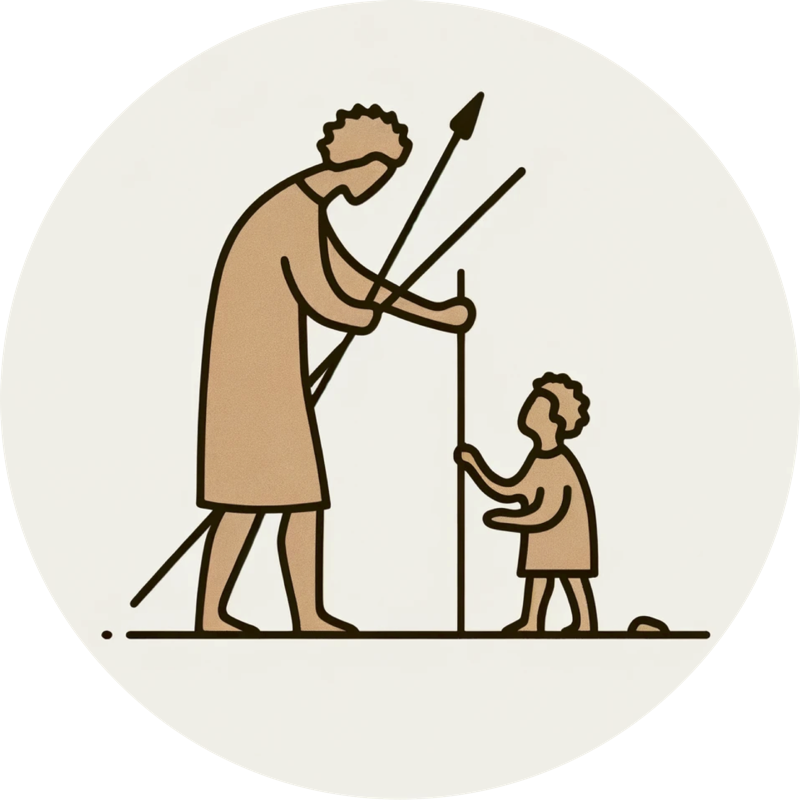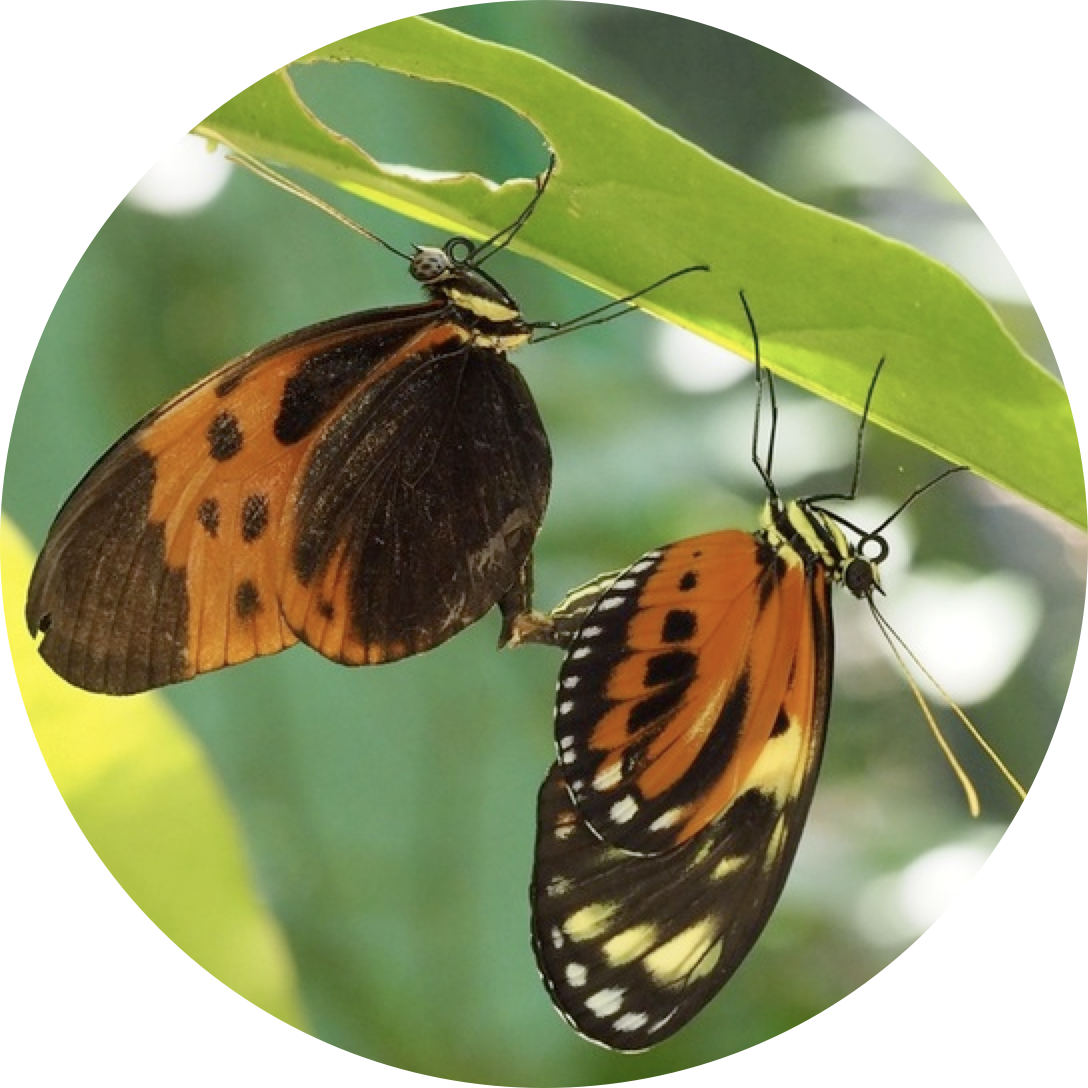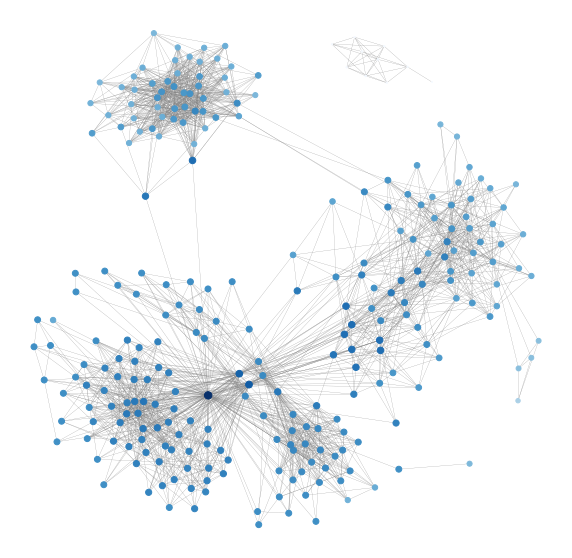Lacoste, P, Chouteau, M, Maisonneuve, L, Mauxion, R, Joron, M, McClure, M. 2024 Geographically variable mate preferences shed light on the processes maintaining inversion polymorphism. Evolutionary Journal of the Linnean Society kzad007.
Maisonneuve, L, Elias, M, Smadi, C, Llaurens, V. 2023 The limits of evolutionary convergence in sympatry: reproductive interference and developmental constraints leading to local diversity in aposematic signals. The American Naturalist 2023 201:5, E110-E126.
Maisonneuve, L, Smadi, C, Llaurens, V. 2022 Evolutionary origins of sexual dimorphism: Lessons from female-limited mimicry in butterflies. Evolution 76: 2404-2423.
Sculfort, O, Maisonneuve, L, Elias, M, Aubier, T, Llaurens, V. 2022 Uncovering the effects of Müllerian mimicry on the evolution of conspicuousness in colour patterns. Oikos e08680.
Maisonneuve, L, Beneteau, T, Joron, Smadi, C, Llaurens, V. 2021 When Do Opposites Attract? A Model Uncovering the Evolution of Disassortative Mating. The American Naturalist 198:5, 625-641.
Billiard, S, Derex, M, Maisonneuve, L and Rey, T. (alphabetical order). 2020 Convergence of knowledge in a stochastic cultural evolution model with population structure, social learning and credibility biases. Mathematical Models and Methods in Applied Sciences 30:14, 2691-2723.
Maisonneuve, L, Chouteau, M, Joron, Llaurens, V. 2020 Evolution and genetic architecture of disassortative mating at a locus under heterozygote advantage. Evolution. 75: 149-165.
Recommended by: Charles Mullon (2020) Evolutionary insights into disassortative mating and its association to an ecologically relevant supergene. Peer Community in Evolutionary Biology 100109. 10.24072/pci.evolbiol.100109




